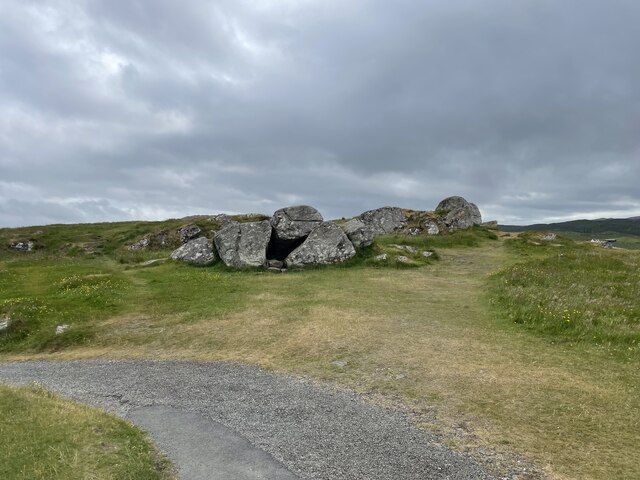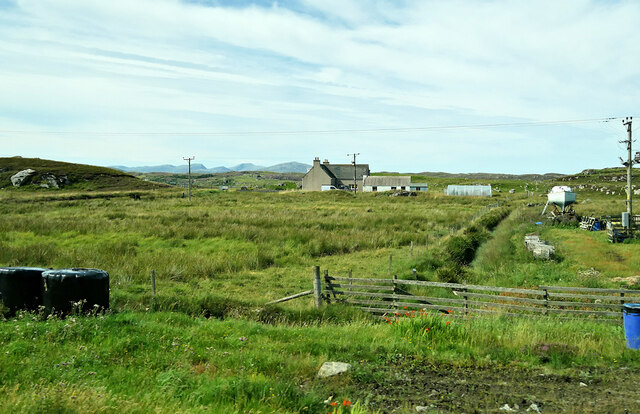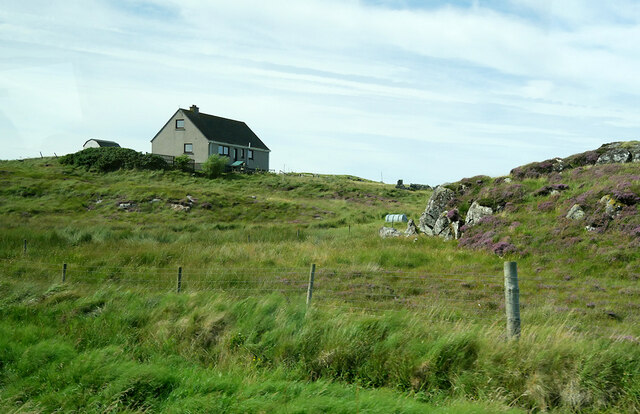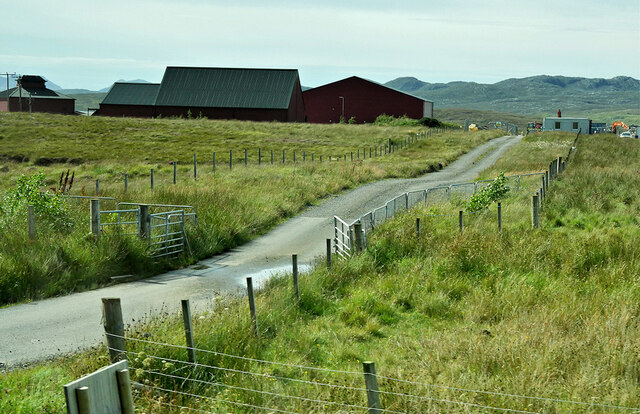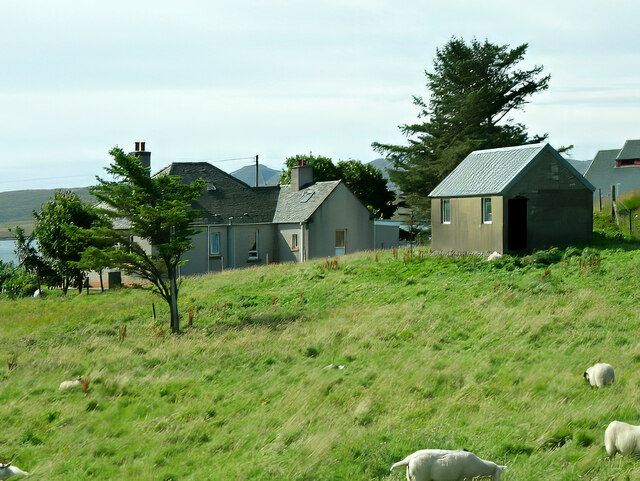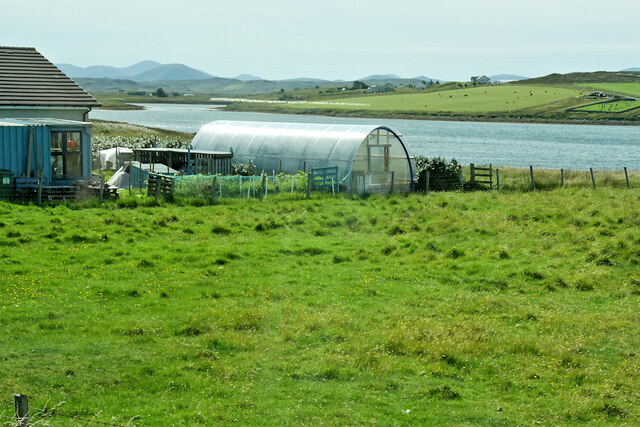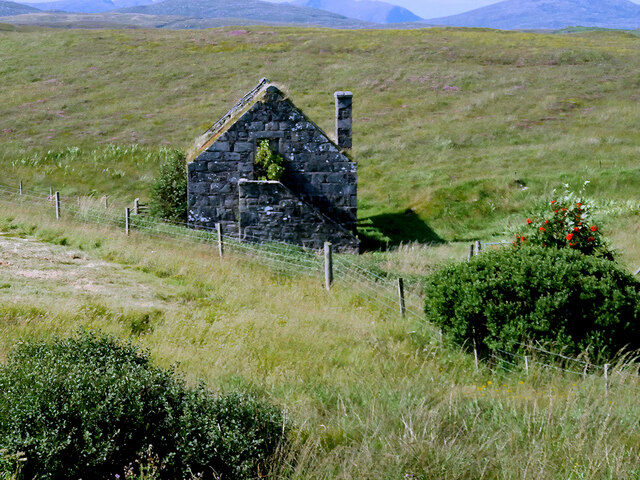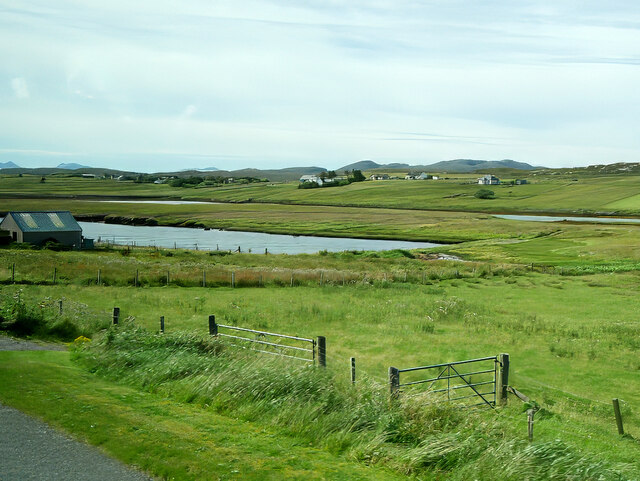Sgeir an Eoin
Coastal Feature, Headland, Point in Ross-shire
Scotland
Sgeir an Eoin
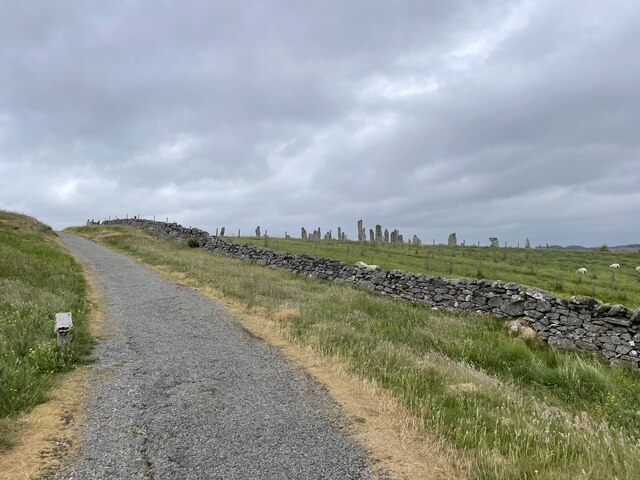
Sgeir an Eoin is a prominent coastal feature located in Ross-shire, Scotland. It is an impressive headland or point that extends out into the North Sea, offering breathtaking views of the surrounding landscape. The name "Sgeir an Eoin" translates to "Bird Rock," indicating the area's significance as a habitat for various bird species.
The headland is characterized by its rugged cliffs, which rise dramatically from the sea. These cliffs are composed of sandstone and limestone, displaying layers of sedimentary rock that have been shaped by erosion over thousands of years. The exposed rock formations add to the beauty and charm of Sgeir an Eoin.
The headland is a popular destination for outdoor enthusiasts and nature lovers, as it provides excellent opportunities for birdwatching. Many species of seabirds can be observed nesting and hunting in the area, including puffins, guillemots, and razorbills. Additionally, the headland serves as a breeding ground for various species of gulls and fulmars.
The coastal path that winds along Sgeir an Eoin offers visitors a chance to explore the headland's diverse flora and fauna. The landscape is dominated by hardy coastal vegetation, with species such as thrift, sea campion, and heather dotting the cliffs. The headland also supports a variety of marine life, including seals and dolphins, which can sometimes be spotted from the shoreline.
Overall, Sgeir an Eoin is a unique and captivating coastal feature in Ross-shire. Its dramatic cliffs, abundant birdlife, and stunning views make it a must-visit destination for anyone seeking to experience the natural beauty of the Scottish coastline.
If you have any feedback on the listing, please let us know in the comments section below.
Sgeir an Eoin Images
Images are sourced within 2km of 58.214041/-6.7475829 or Grid Reference NB2134. Thanks to Geograph Open Source API. All images are credited.

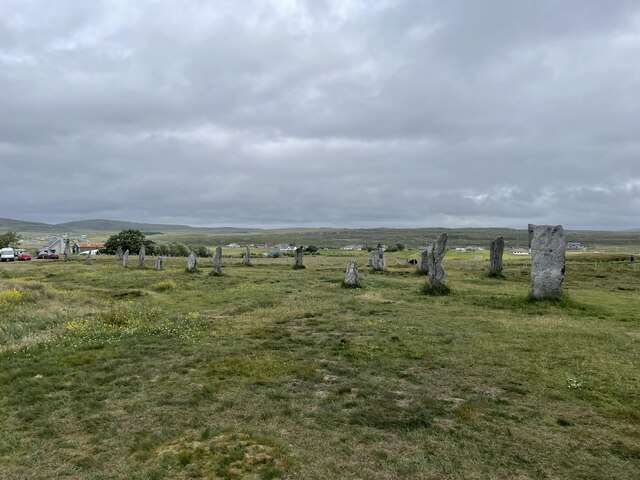
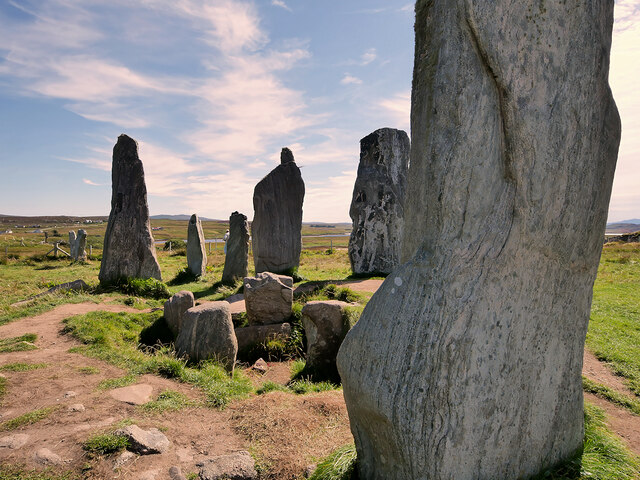
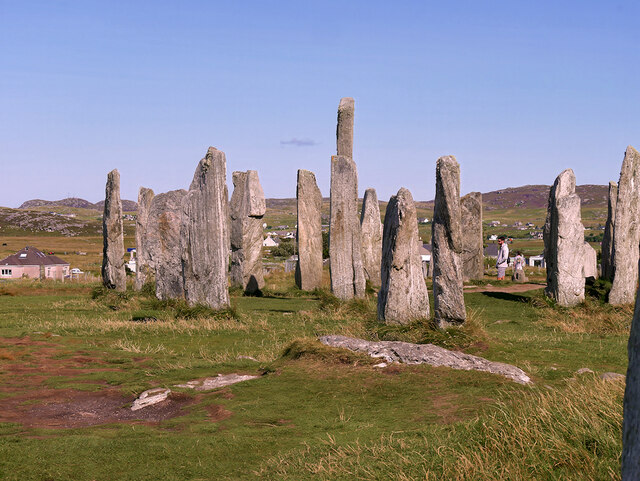
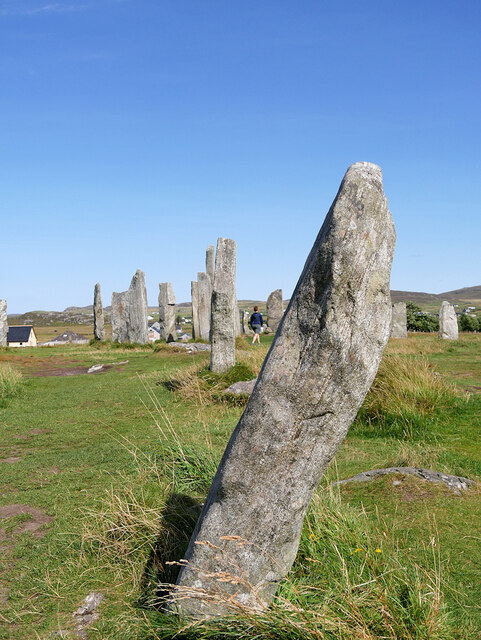
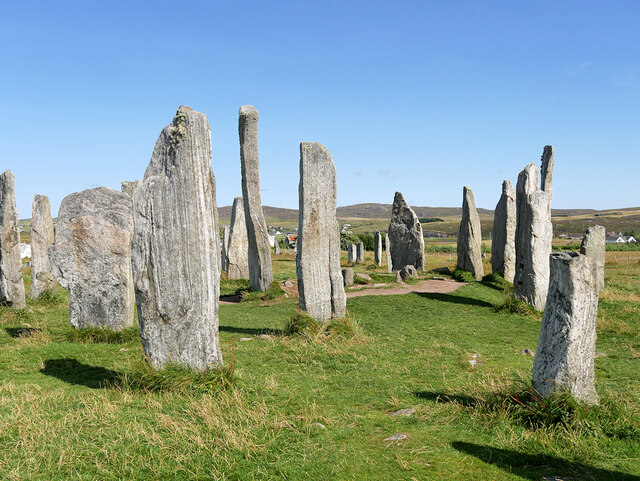
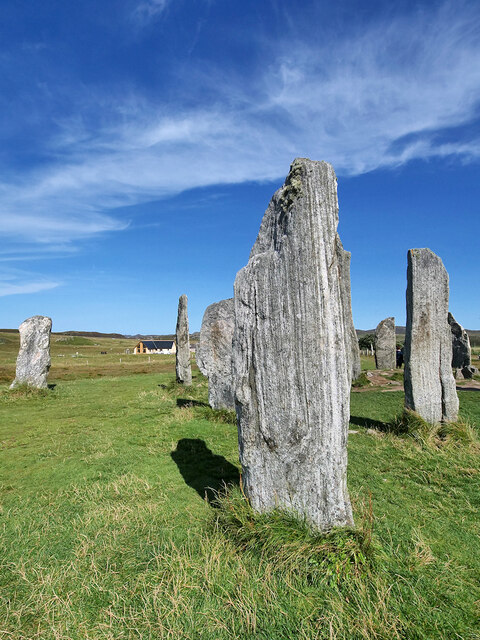
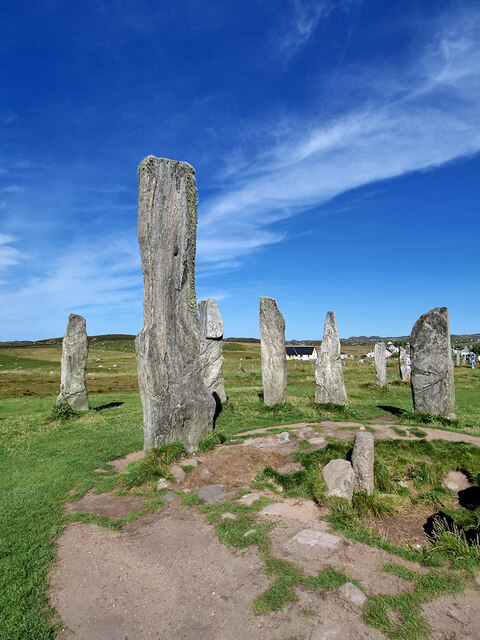
Sgeir an Eoin is located at Grid Ref: NB2134 (Lat: 58.214041, Lng: -6.7475829)
Unitary Authority: Na h-Eileanan an Iar
Police Authority: Highlands and Islands
What 3 Words
///coughed.conducted.heeding. Near Carloway, Na h-Eileanan Siar
Nearby Locations
Related Wikis
Breasclete
Breasclete (Scottish Gaelic: Brèascleit) is a village and community on the west side of the Isle of Lewis, in the Outer Hebrides, Scotland. Breasclete...
Callanish
Callanish (Scottish Gaelic: Calanais) is a village (township) on the west side of the Isle of Lewis, in the Outer Hebrides (Western Isles), Scotland. Callanish...
Ceabhaigh
Ceabhaigh is a small island in an arm of Loch Ròg on the west coast of Lewis in the Outer Hebrides of Scotland. It is about 25 hectares (62 acres) in extent...
Callanish Stones
The Callanish Stones (or "Callanish I": Scottish Gaelic: Clachan Chalanais or Tursachan Chalanais) are an arrangement of standing stones placed in a cruciform...
Nearby Amenities
Located within 500m of 58.214041,-6.7475829Have you been to Sgeir an Eoin?
Leave your review of Sgeir an Eoin below (or comments, questions and feedback).
